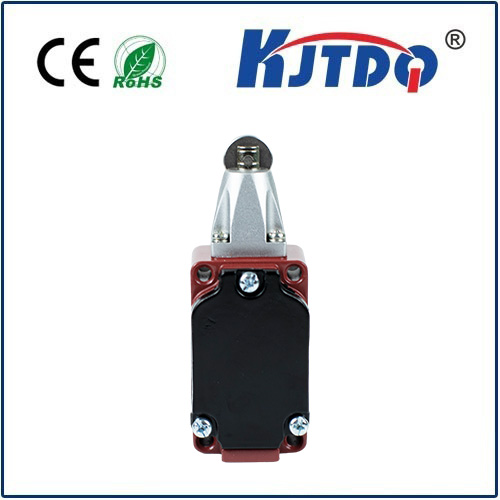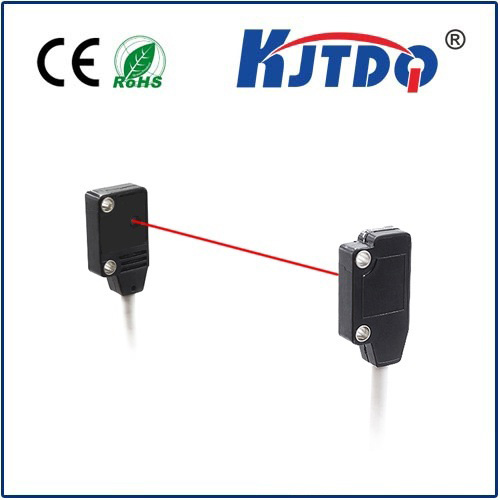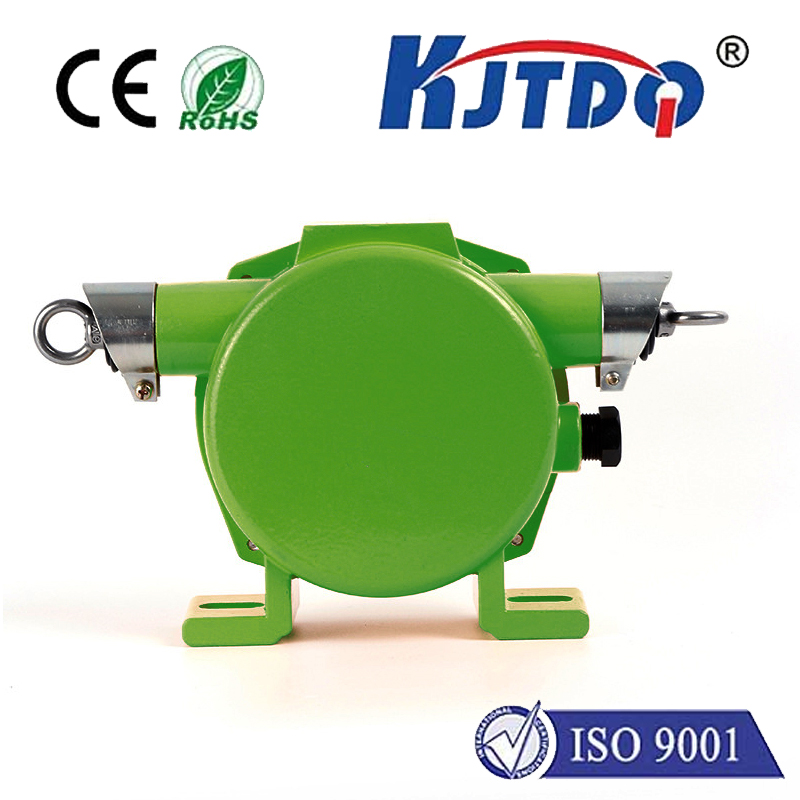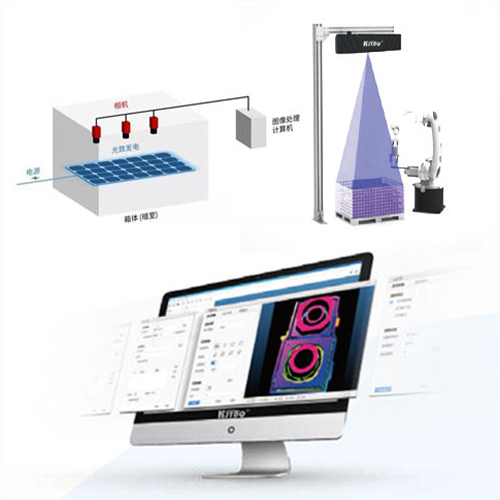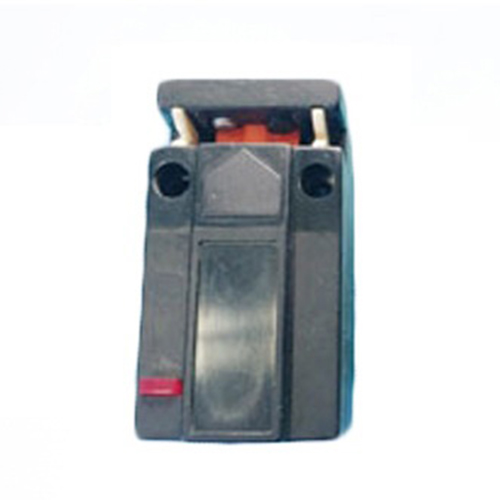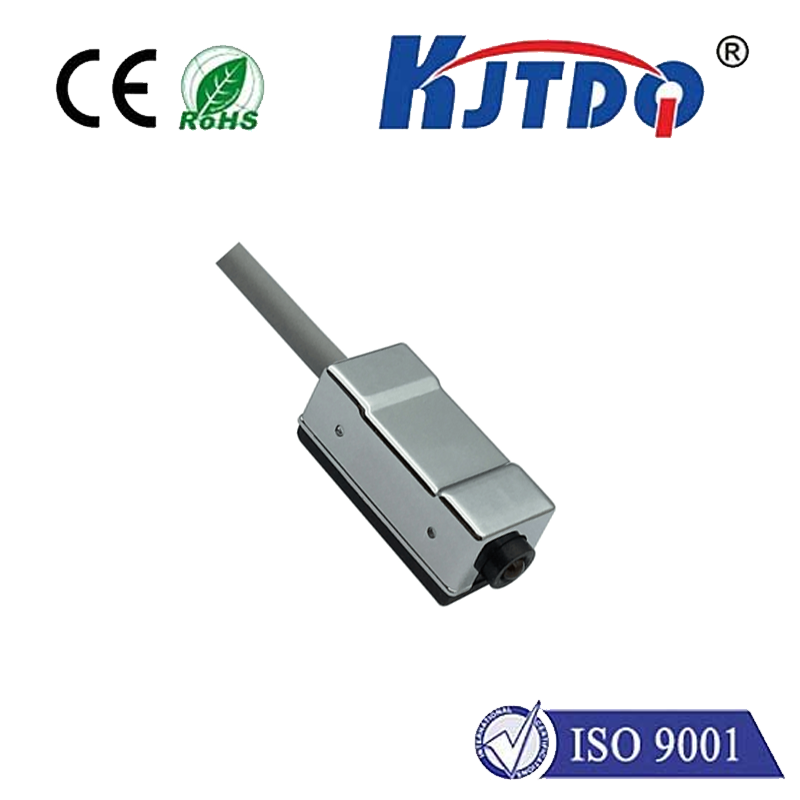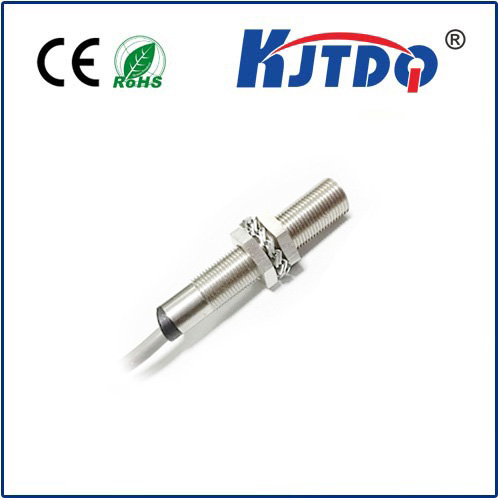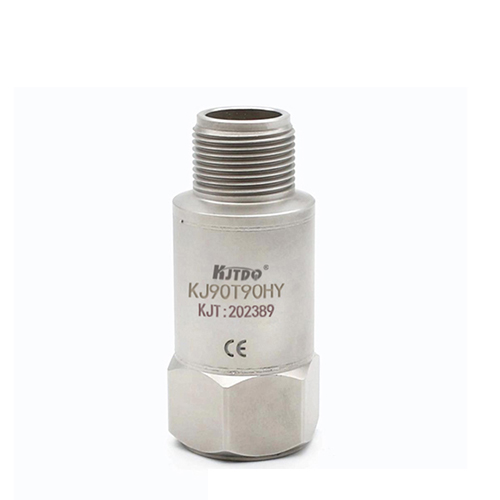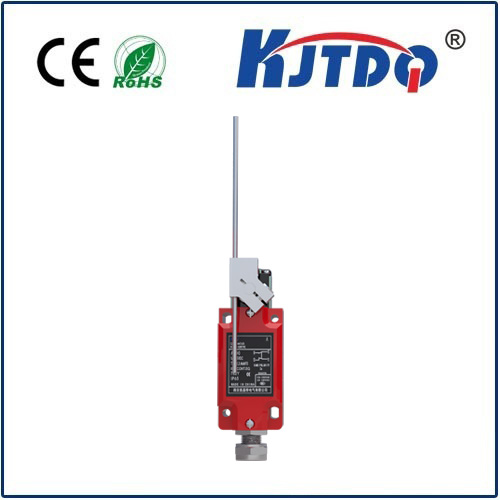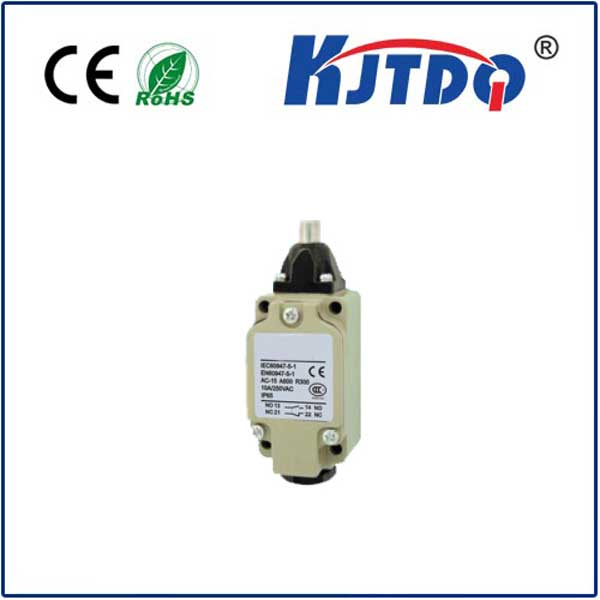110v Датчик приближения
- time:2025-06-13 00:18:08
- Нажмите:0
The Unsung Hero of Automation: Powering Precision with 110V Proximity Sensors
Imagine a high-speed bottling line humming efficiently. Thousands of containers zip past filling heads, cappers, and labelers. Suddenly, a bottle jams. Chaos ensues, spilling product, halting the line, costing precious time and money. This scenario underscores the critical need for reliable, real-time detection in industrial environments. Enter the 110v Датчик приближения – a robust workhorse designed to thrive where standard low-voltage sensors might falter. These devices aren’t just switches; they are the vigilant eyes ensuring seamless operation, safety, and efficiency in demanding settings operating on common industrial power systems.
Beyond Touch: The Core Principle
Unlike mechanical switches requiring physical contact, proximity sensors operate on a non-contact principle. Most commonly, inductive proximity sensors detect the presence of metallic targets. Here’s the essence:
- Oscillator & Coil: Inside the sensor, an electronic oscillator generates a high-frequency electromagnetic field radiating from the sensing face.
- Eddy Currents: When a conductive metal target enters this field, it induces small circulating electrical currents called eddy currents within the target.
- Field Damping: These eddy currents draw energy from the sensor’s oscillating field, effectively damping (reducing) its amplitude.
- Signal Change: The sensor’s circuitry continuously monitors the oscillation’s amplitude. The damping caused by the target triggers a significant change in this signal.
- Output Switching: This change prompts the sensor’s solid-state output switch (either a solid-state relay or transistor) to change state (e.g., ON to OFF or vice-versa). This switch state is the signal sent to the control system (like a PLC).
The beauty lies in its non-contact nature. No physical wear, no moving parts to fail, just precise electromagnetic detection.
Why 110V AC? The Industrial Advantage

This is the defining characteristic and the key reason for its widespread industrial use:
- Direct Compatibility: Many factories, workshops, and older machinery in North America and parts of Asia primarily use 110V AC or 120V AC power systems. A 110v Датчик приближения plugs directly into this existing power infrastructure. There’s no need for separate, often bulky and costly, DC power supplies or voltage converters. This simplifies wiring, reduces material costs, and speeds up installation significantly.
- Simplified Design & Reduced Components: Eliminating the need for power supplies streamlines control panel design and reduces potential points of failure within the overall system.
- Robust Signal Transmission: The 110V AC signal traveling back to the controller is inherently more robust against electrical noise interference common in industrial environments compared to low-voltage DC signals. This enhances reliability in electrically noisy settings near motors, welders, or large machinery.
- Longer Cable Runs: Higher voltage signals can typically travel farther over standard cables without significant signal degradation compared to low-voltage DC, offering greater installation flexibility.
Key Features and Benefits: Built for the Battlefield
Designed for harsh conditions, 110v proximity sensors offer several crucial advantages:
- Reliability: No moving parts means minimal mechanical wear and tear. They deliver consistent performance over millions of cycles, critical for high-speed production lines and demanding applications.
- Environmental Resilience: Typically featuring rugged housings made of materials like nickel-plated brass or stainless steel and high IP (Ingress Protection) ratings (e.g., IP67, IP69K), these sensors resist dust, water jets, oils, coolants, vibrations, and mechanical impact. This makes them ideal for dirty, wet, or washdown areas common in food processing, metalworking, and chemical plants.
- High-Speed Detection: Capable of detecting objects moving at very high speeds – far faster than mechanical switches could ever achieve.
- Output Types: While primarily known for their simple 110v AC output, it’s important to note they can sometimes incorporate relay outputs capable of switching higher currents. However, the defining input power requirement remains 110V AC. Don’t confuse them with low-voltage DC (like 12-24V DC) proximity sensors that require separate DC power supplies.
- Sensing Range: Inductive proximity sensors have a defined nominal sensing range (Sn), typically specified for standard mild steel. The actual range can vary depending on the target material’s size, shape, and composition (e.g., stainless steel has a reduced sensing range factor).
Where 110V Proximity Sensors Shine: Real-World Applications
These sensors are indispensable across countless industries:
- Manufacturing & Assembly Lines: Detecting the presence/absence of parts, components, pallets, or finished products on conveyors; verifying tool positions; counting objects; monitoring robotic end-effector positions.
- Перевозка материалов: Monitoring positions of lifts, elevators, hoists, and automated guided vehicles (AGVs); detecting pallets on racks; confirming door/gate positions.
- Packaging Machinery: Ensuring proper bottle/jar/carton positioning for filling, capping, labeling, and sealing; detecting film/cardboard presence.
- Metalworking & Machining: Tool breakage detection; verifying chuck clamping, spindle positioning, workpiece presence in lathes/mills; detecting metal slugs or scrap in chip conveyors.
- Автомобильная промышленность: Position detection in welding robots, paint shops, assembly stages; verifying part installation (e.g., engines, doors); monitoring conveyor movements.
- Agriculture & Heavy Equipment: Monitoring implement positions (plows, seeders); detecting bucket angles; position sensing on harvesters and tractors.
- Building Automation: Monitoring damper or valve positions in large HVAC systems; detecting door/window status in industrial facilities.
Choosing and Implementing Wisely
Selecting the right 110v Датчик приближения requires careful consideration:
- Target Material: Primarily for ferrous metals (steel, iron). Detection range for non-ferrous metals (aluminum, brass, copper) is significantly shorter.
- Sensing Range: Choose a sensor with an appropriate nominal range (Sn) for the application, considering mounting constraints and potential target variations. Remember the reduced factor for stainless steel.
- Housing Style: Cylindrical (threaded barrel) or rectangular block styles are most common. Selection depends on mounting space and requirements.
- Mounting: Ensure flush or non-flush mounting compatibility as specified. Flush-mountable sensors can be embedded in metal, while non-flush types require clearance around the sensing face.
- Output Configuration: Verify the switching logic (Normally Open/NO or Normally Closed/NC) meets the control system requirements.
- Environmental Rating: Match the IP rating (IP67 dustproof/waterproof, IP69K high-pressure/high-temperature washdown) to the specific environmental conditions.
- Electrical Connection: Options include pre-wired cables, quick-disconnect (M12, etc.), or terminal blocks.
Safety First: Always adhere strictly to local electrical codes and regulations when installing or maintaining 110v proximity sensors. Ensure proper lockout/tagout procedures are followed when working on live circuits. Remember, while robust, these sensors carry a potentially lethal voltage and must be handled with care.
In the relentless drive for efficiency, safety, and uptime on the factory floor, the 110v Датчик приближения proves its worth daily. Its direct line voltage compatibility, rugged construction, and reliable non-contact detection make it a fundamental building block of modern industrial automation. From ensuring a bottle is perfectly positioned for filling to confirming a robotic arm has safely retracted, these sensors operate silently and efficiently, playing a vital role in keeping the wheels of industry turning. Understanding their operation, advantages, and proper selection criteria empowers engineers and technicians to leverage their capabilities effectively.

